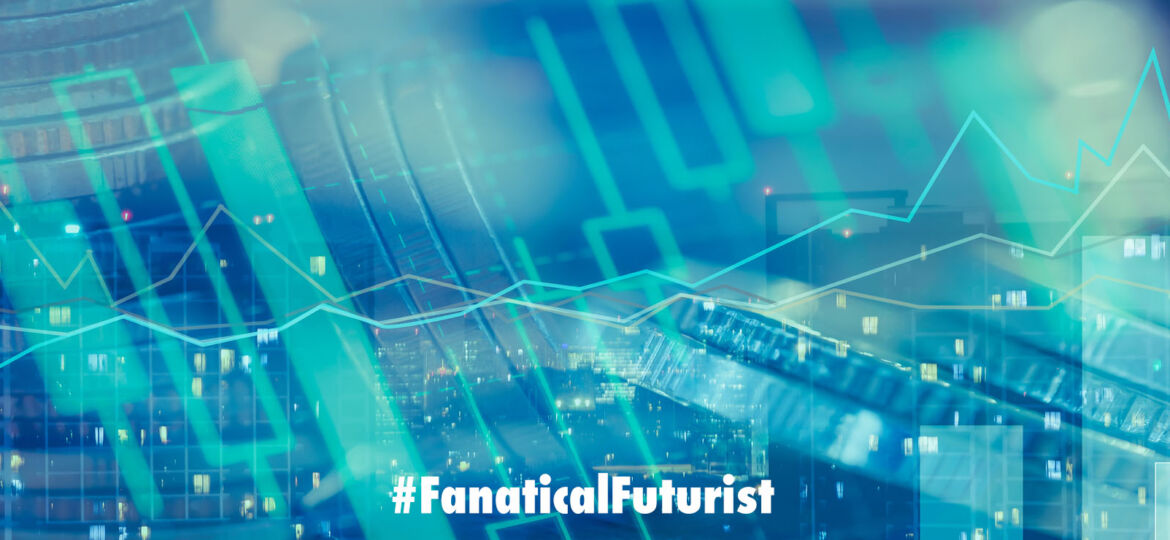
WHY THIS MATTERS IN BRIEF
As we entrust machines with more decision making powers it brings both pros and cons, and being fired by an AI is definitely a con.
There’s been a lot of news coverage about how Artificial Intelligence (AI), robots and Robotic Process Automation (RPA), will, over time, take more and more jobs – whether they’re replacing drivers, farmers, fruit pickers, lawyers, miners, surgeons, traders, and many other types of jobs. But now, in another twist, AI is literally taking jobs away from people, and this time it’s at a company that’s on track to become one of the world’s first fully autonomous retailers – Amazon. And if you’re worried about your own future then that’s why I wrote the Future of Education and Training codex so feel free to download and read it at your leisure – without an AI overlord watching you!
Documents obtained by The Verge show how Amazon has been using an AI system to “automatically track and fire hundreds of fulfillment center employees for failing to meet productivity quotas.” The documents also help shine a light on a time when one day AI might become your boss – something that is already starting to creep into corporate culture, albeit very slowly at the moment as companies such as Bridgewater Associates, a hedge fund with over $160 Billion under management, for example, automates its entire management layer.
While not every decision was made by the system, the documents, which include a signed letter by an Amazon attorney describing the system, reveal how deeply automated the process really is. However, it’s not clear whether Amazon is still using the system.
“Amazon’s system tracks the rates of each individual associate’s productivity,” reads the letter as quoted by The Verge, “and automatically generates any warnings or terminations regarding quality or productivity without input from supervisors.”
Note the “automatically generates” line. After this story ran, Amazon spokesperson Ashley Robinson reached out with a statement that pushed back against The Verge‘s reporting but that failed to provide specific examples of inaccuracies.
“Similar to many companies, we have performance expectations regardless of whether they are corporate or fulfillment center employees,” read the statement. “We support people who do not perform to the levels expected of them with dedicated coaching to help them improve and be successful in their career at Amazon. We would never dismiss an employee without first ensuring that they had received our fullest support, including dedicated coaching to help them improve and additional training. Since we’re a company that continues to grow, it’s our business objective to ensure long-term career development opportunities for our employees.”
Regardless, Amazon’s fulfillment centers have seen a lot of automation over the past decade, especially as advances in AI, machine vision, and robotics help make today’s generations of warehouse picking robots faster and more accurate than human workers – developments that over time mean 100 percent automation within warehouses is almost inevitable. This is also a trend that’s been recognised by the CEO of China’s biggest E-Commerce retailer JD.com who recently went on record saying he believes his own company “will soon become 100 percent automated.”
According to reports working conditions are infamously terrible at the online retailer – an anonymous employee wrote for the Guardian last year about unusually strenuous demands the company places on its warehouse workers.
“Through the use of digital trackers and indicators, our workday is managed down to the second,” the op-ed read.
But the automated “tracking and firing” system sounds even more ominous – placing power over employment in the hands of an AI that tracks invasive details like the amount of time employees spend “off task.”
“One of the things that we hear consistently from workers is that they are treated like robots in effect because they’re monitored and supervised by these automated systems,” Amazon critic Stacy Mitchell told The Verge. “They’re monitored and supervised by robots.”
Ironically, as the level of automation increases globally more and more people are coming around to the idea that they need to behave more like robots in an age where actually we should be using this as an opportunity to identify and double down on the traits that make us less robot like, and more human. But in order to embrace and explore our own inner-humanity we also need leaders who help and encourage us, and I for one hope that those types of leaders are not in short supply…
















